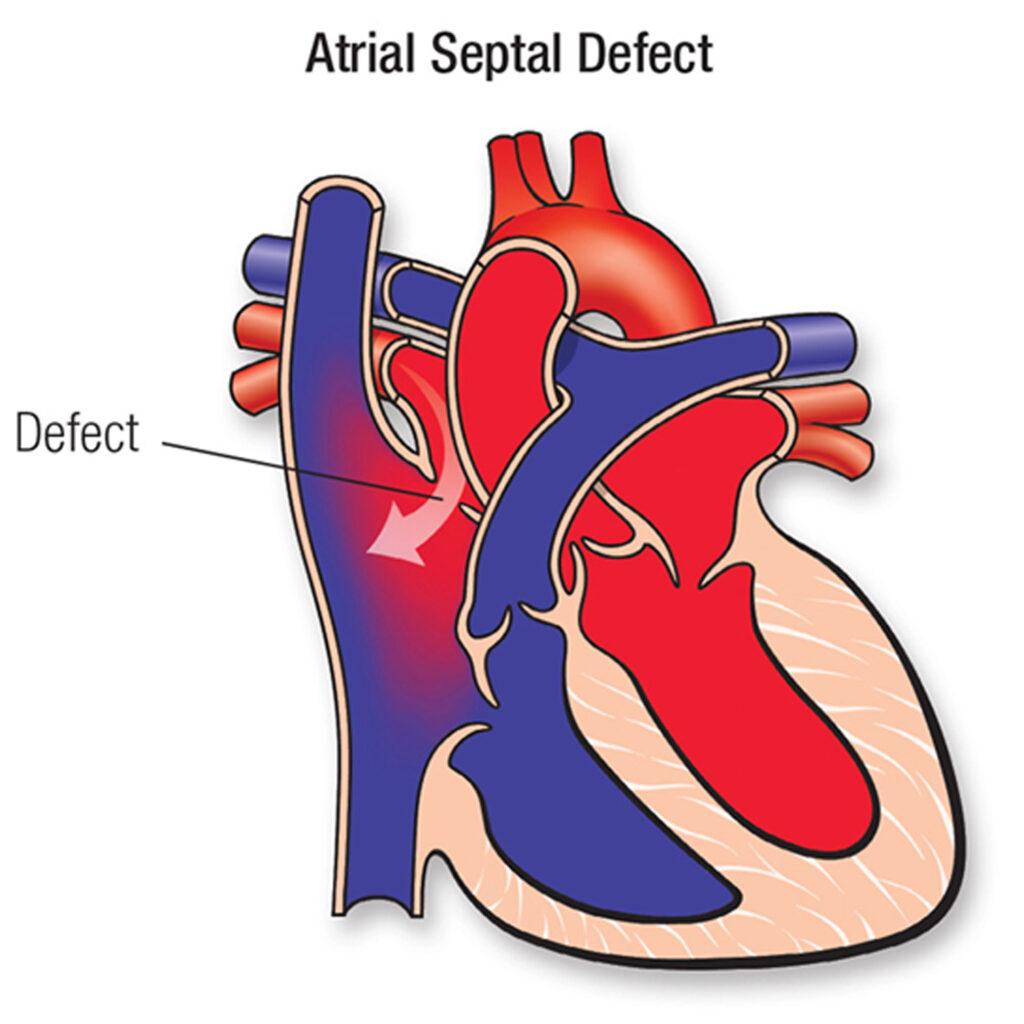What is Tetralogy of Fallot?
Tetralogy of Fallot is a heart defect that occurs inborn and consists of four abnormalities:
1- Pulmonary stenosis: Pulmonary stenosis is the name for the cases when the pulmonary valve or pulmonary artery is narrowing, restricting blood flow from the right ventricle to the lungs.
2- Ventricular septal defect: This is the name given to the cases when a hole in the wall separates the heart’s two lower chambers (ventricles). This hole causes oxygen-poor blood from the right ventricle to mix with oxygen-rich blood from the left ventricle.
3- Overriding aorta: This is a defect where the aorta is shifted or positioned over the ventricular septal defect instead of attached to the left ventricle.
4- Right ventricular hypertrophy: This is the name given to the cases when the muscular wall of the right ventricle is thickening. This happens due to increased workload from pumping blood through the narrowed pulmonary valve or pulmonary artery.
All these four abnormalities in the Tetralogy of Fallot lead to reduced blood flow to the lungs, which can cause the baby to have blue-tinted skin (cyanosis) and breathing difficulties. Treatment may involve surgery to correct the defects and improve blood flow.
What are the Symptoms of Tetralogy of Fallot?
The symptoms of tetralogy of Fallot can vary in severity, depending on the degree of obstruction of blood flow through the heart and the level of oxygen in the blood. On the other hand, tetralogy of Fallot may not show any symptoms until several months or years after birth.
The classic symptoms of tetralogy of Fallot include:
The skin, lips, and nail beds have Bluish discoloration due to low oxygen levels in the blood.
Shortness of breath
Clubbing of fingers and toes
Poor weight gain
Fainting is caused by the increased levels of oxygen in the brain.
Heart murmur
İrregular heartbeat
Treatments For Tetralogy of Fallot in Turkey (Türkiye)
In Turkey, many hospitals and medical centers specialize in diagnosing and treating congenital heart defects, including the tetralogy of Fallot.
When a baby is born with a tetralogy of Fallot, the first thing that the doctors will focus on is managing the oxygen levels in a safe range. If the oxygen levels are critically low due to Fallot’s heart defect, immediate medical intervention is necessary. Certain medications, such as prostaglandin E1, may improve blood flow to the lungs and increase oxygen levels in the body.
If the oxygen levels persist low, surgical intervention may be necessary to repair the heart defect and improve blood flow. If the infant is too small or weak to undergo the complete repair surgery, then a temporary shunt procedure is until the complete repair can be performed.
Here is an overview of how the tetralogy of Fallot surgery is performed in Turkey:
Anesthesia: General anesthesia is required for the tetralogy of Fallot surgery
Incision: The surgeon makes a small incision in the chest to access the heart.
Cardiopulmonary bypass: The patient is connected to a heart-lung machine, which will temporarily take over the function of the heart and lungs during the surgery. This allows the surgeon to stop and work on nature without affecting the patient’s circulation.
Repair of the defects: The surgeon will then repair the defects associated with Fallot’s heart defect. This may involve closing the hole between the ventricles, widening the pulmonary valve, and removing any obstructive tissue blocking blood flow to the lungs.
Closing the incision: Once the repair is complete, the surgeon will close the incision in the chest using sutures or staples.
Recovery: After the surgery, the patient will be moved to a recovery room, closely monitored as they wake up from the anesthesia. They will typically need to stay in the hospital for several days to a week, depending on their individual needs and the extent of the surgery.
Turkey has a well-developed tourism industry, making it easy for patients and their families to travel for medical treatment. Many medical facilities in Turkey offer medical tourism packages that include transportation, accommodation, and other services to make the process easier and more convenient for international patients.
For further information, please contact…

